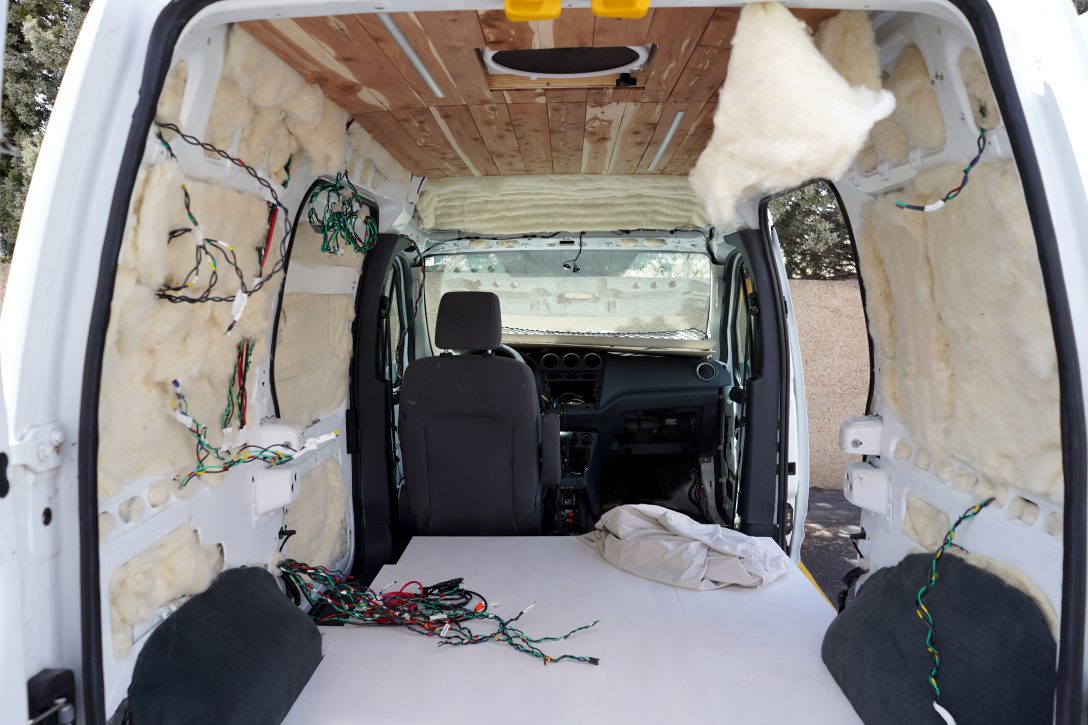Once in a while, when I’m working on the van in the parking lot behind my apartment and my jigsaw isn’t buzzing and the newborn in the end unit is not crying, I’ll suddenly hear someone softly chewing behind me. A slow, indifferent type of chewing, like a llama pulling at last year’s grass.
I mean, that’s exactly who it is behind me—a llama. I live on the edge of town, next to a horse and llama farm. Really, it’s a bunch of horses and just one llama. For more than a year now, I’ve been waiting for the llama to befriend the horses, maybe even to begin to mistake herself for a horse, kicking up dust with the rest of them. But the closest I ever see the llama to anyone is when she’s trying to get at the long grasses that sprout out of the edges of her barbed wire enclosure (barbed to keep the coyotes out, I think), and I happen to be standing on the other side of the fence. If I talk to the llama in a high enough pitch for long enough, she will look at me, not with what appears to be annoyance, but worse—pure disinterest, her jaw slack, her eyelids closing.
Meanwhile, the inside of my van is looking more like the llama every day. Insulated with wool batting, the van now sends small tufts of hair into the air when I leave the doors open to the wind. The hairs rise up above the van, out of the shade, where the sun changes them from cream-colored to white. The llama’s fly-away hairs do the same thing. At a certain time of day, with the light hitting her a certain way, the llama looks as if she’s standing in a cloud of powdered sugar.
